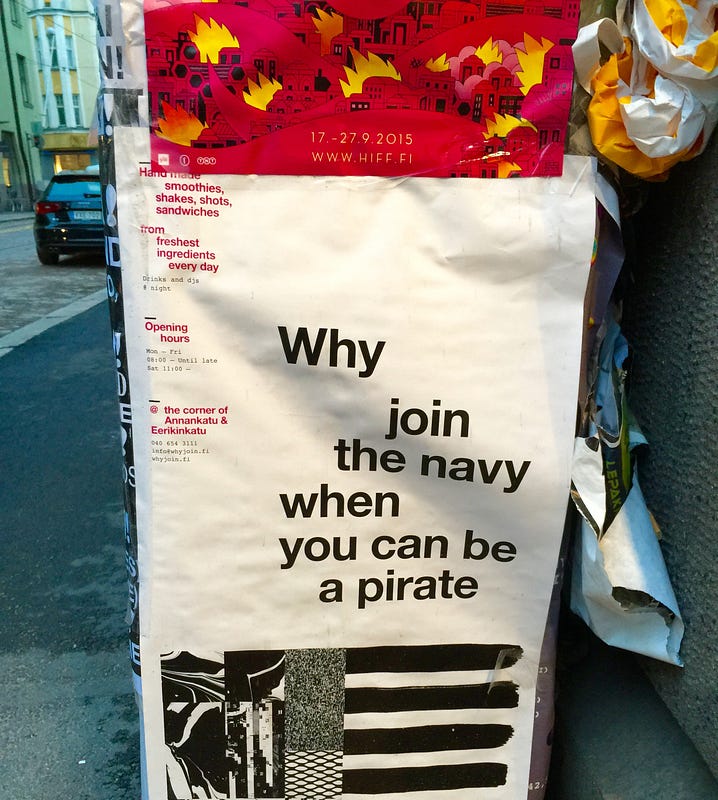Por um lado Mongo, o progresso dos espaços com as suas próprias cervejas artesanais. Por outro lado, o mesmo conselho referido neste postal recente, "
Olhar para os clientes-alvo":
"To find a solution, Sarah and her team reconnected with Gatorade’s core customer, the serious athlete. What they found was that these athletes did much more than just hydrate during athletic events"
Olhar para o cliente-alvo, para o seu contexto, para o seu dia e descobrir que há outros serviços que o espaço pode prestar.
No princípio do ano mudei de casa e antes de arranjar um espaço para escritório, enquanto tinha as minhas coisas num
contentor (recomendo vivamente), usava o McDonalds do nó do Fojo em Gaia como base de trabalho, tirando a música muito alta para o meu gosto, tinha uma mesa, tinha internet e electricidade.
Depois de uma caminhada matinal, estabelecia-me e ficava por lá das 8h30 até às 13h30. Era interessante reparar como aquele espaço se mutava ao longo da manhã. Pequenos-almoços e cafés e pequenas reuniões para a fauna do início da manhã. Reuniões de trabalho, entrevistas de emprego ou entrevistas a traidores industriais, entrevistas a jornalistas, o advogado carregado de papéis e ainda com mais marcadores fluorescentes e post-its do que eu a meio da manhã. Depois, à hora do almoço os estudantes da secundária a 500 metros e toda a panóplia de gente que precisa de um almoço rápido, barato e sem receio da higiene.
Esta abordagem em torno do Job-To-Be-Done presente em "
Breweries Find That Coffee Is Their Second Favorite Beverage".
BTW, eu que bebo café sem açúcar (que mascare a realidade) sei que há muito café horrível a circular por este país. Assim, quando o costume de usar açúcar ou adoçantes com o café cair, vai nascer a procura por melhor café. Procura essa que vai ser difícil de ser servida por empresas mais preocupadas com a eficiência do que atender às chamadas de atenção de uns consumidores-chatos. Nessa altura estará criada a oportunidade para alguém avançar com café artesanal.














%2006.21.jpeg)












